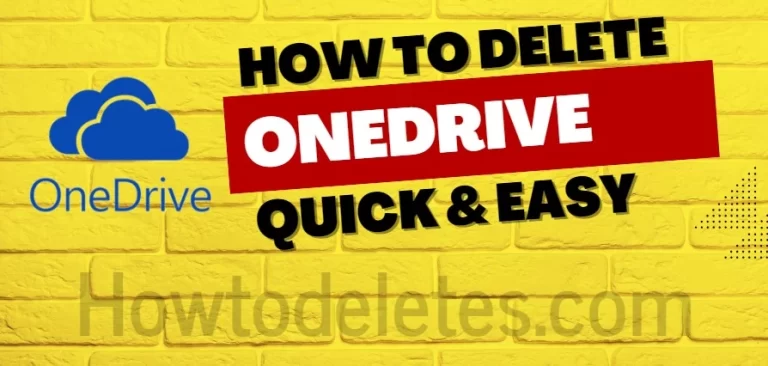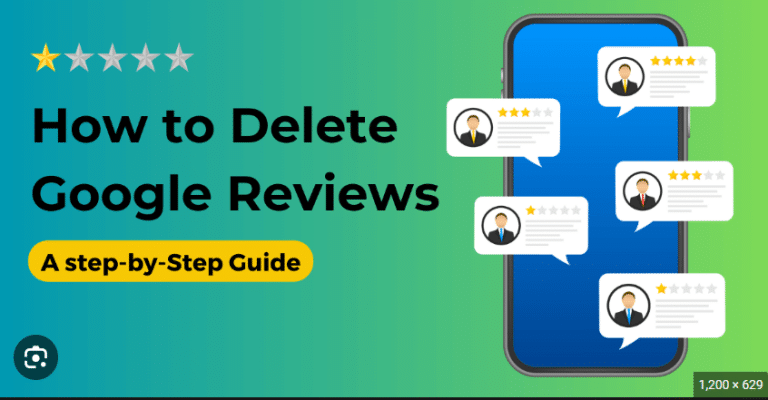How to Delete Your Personal Data from the Internet: An Easy Guide
In an era of increasing digital connectivity, the internet has become an integral part of our lives. However, with this connectivity comes concerns about online privacy. Your personal information may be scattered across various platforms, and regaining control over your digital footprint is essential. If you’re looking to delete your personal data from the internet, this easy-to-follow guide will empower you to take charge of your online privacy.
Step 1: Conduct a Personal Data Audit
Before you start the deletion process, it’s crucial to assess where your personal data is stored online. Make a list of websites, social media platforms, forums, and other online services where you have accounts or profiles. This audit will help you create a comprehensive plan to delete your information from these sources.
Step 2: Delete Unnecessary Accounts
Begin by identifying and deleting accounts that you no longer use or need. Many online services store personal data, so closing unused accounts is a proactive step toward minimizing your digital footprint. Check the account settings on each platform for options to delete or deactivate your account.
Step 3: Adjust Privacy Settings
For platforms you choose to keep, review and adjust privacy settings to restrict access to your personal information. Platforms such as social media sites often have customizable privacy settings that allow you to control who can view your profile, posts, and other information. Customize these settings based on your comfort level with sharing information.
Step 4: Remove Personal Information from Social Media
Social media platforms are major repositories of personal data. Go through your profiles on platforms like Facebook, Twitter, and Instagram to remove unnecessary personal information. Delete old posts or comments that may reveal sensitive details about your life. For added privacy, consider using generic or fictional information in profile fields.
Step 5: Unsubscribe from Mailing Lists
Over time, you may have subscribed to various mailing lists that inundate your inbox with promotional emails. Unsubscribe from these lists to minimize the amount of personal information circulating online. Most legitimate email newsletters include an “unsubscribe” link at the bottom of their messages.
Step 6: Contact Data Brokers
Data brokers are companies that collect and sell personal information. While it’s challenging to completely erase your data from their databases, you can request removal from certain databases. Identify prominent data brokers and follow their opt-out procedures. This may involve submitting a request via their websites or contacting them directly.
Step 7: Remove Personal Information from People Search Engines
People search engines aggregate public records, social media profiles, and other publicly available information. Visit popular people search engines like Spokeo, Whitepages, or Pipl, and follow their opt-out procedures to remove your information from their databases.
Step 8: Contact Website Administrators
If you find personal information on websites or forums that you don’t control, reach out to the website administrators or moderators. Explain your request to have your information removed, providing any necessary verification. Most reputable websites will respect your privacy rights and comply with removal requests.
Step 9: Use Online Privacy Tools
Explore online privacy tools that can assist in managing and deleting personal data. Tools like DeleteMe, Privacy Duck, and Deseat.me help identify and delete personal information from various online sources. Keep in mind that some of these services may come with subscription fees.
Step 10: Monitor Your Online Presence
After taking these steps, make it a habit to periodically monitor your online presence. Conduct regular searches for your name and review the information available online. This ongoing vigilance will help you identify and address any new instances of personal data appearing on the internet.
Conclusion: Taking Control of Your Online Identity
Delete personal data from the internet is a proactive step towards reclaiming control over your online identity and privacy. While complete erasure may be challenging due to the nature of the internet, these steps empower you to minimize your digital footprint and manage the information available about you online. Stay vigilant, be proactive, and prioritize your right to privacy in the digital age.






